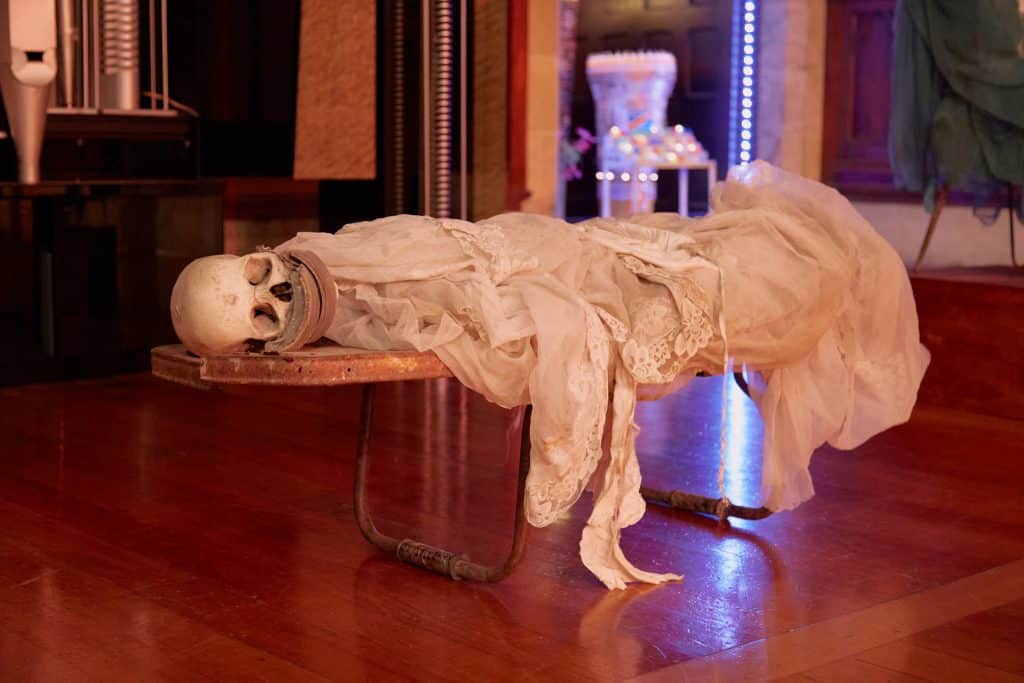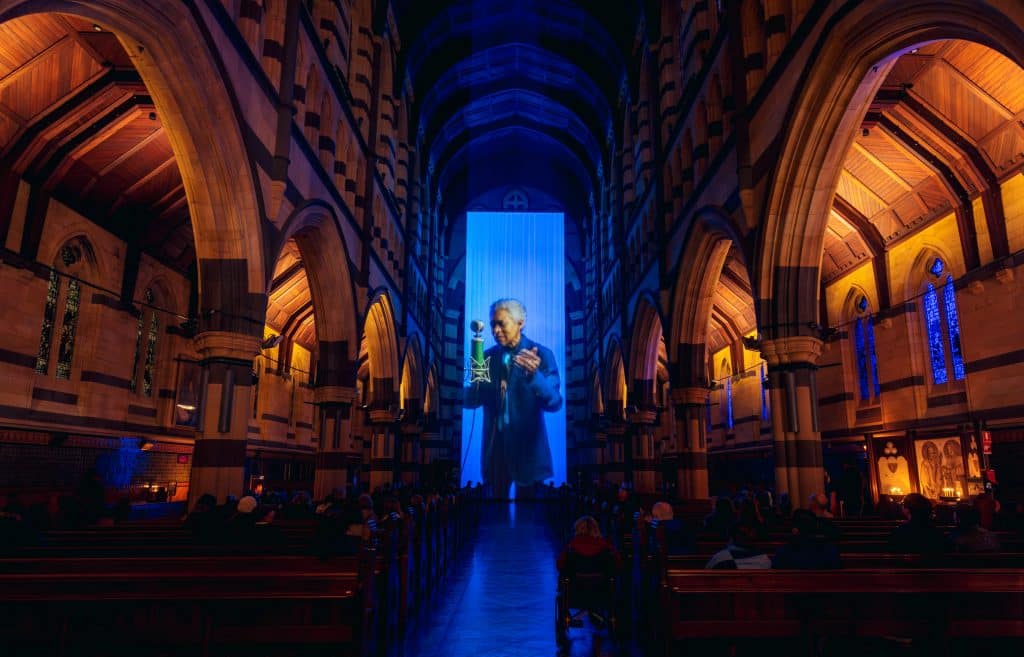
By Dean Andreas Loewe
3 July 2023
*CONTENT WARNING* This piece contains an image of human bones.
Mortality – the span of our days and how we fill them with meaning – has fascinated artists and authors since the earliest days. In the book Ecclesiastes, Kohelet, the ancient Teacher, devotes whole chapters to exploring the apparent futility of human living and striving. What is life worth, if at the end of it all we do is die? “‘Meaningless! Meaningless!’ says the Teacher. ‘Everything is meaningless!’” (Ecclesiastes 12:8). If the dead are not raised by the power of Christ’s resurrection, we might as well “eat and drink, for tomorrow we may die”, St Paul knows (1 Corinthians 15:52). Making visible our mortality, and the choices we have in life to do good and resist evil, is one way to encourage people to strive to invest their lives with meaning while we have yet time to change.
Read more: My night at RISING started as beautiful, it descended quickly
From the earliest days, the four last things – death, judgement, hell and heaven – have been depicted in churches. In our book Martin Luther and the Arts, my co-author Katherine Firth and I look in detail at how Reformation artists, such as Lucas Cranach, used their imagination and skill to show the fate of those who have turned from Christ in painting the horrors of hell. In one such Reformation altar piece, Law and Gospel, a teethed hell-mouth, burping flames, stands open. A skeleton drives those to be destroyed forever into its fangs. Juxtaposed with the images of death and hell is Christ, the redeemer. Holding the pennant of Resurrection victory, he has opened the gate of heaven to those who believe and trust in him. There’s an urgency to Cranach’s art. Now is the time to make the decision to turn to Christ. Reproduced in cheap woodcuts, these artistic warnings urging people to turn around their lives while there was yet time reached tens of thousands.

Recently during the RISING festival, hundreds of thousands viewed the activations in St Paul’s and the wider precinct. The Haitian depictions of death and hell in the GHETTO BIENNALE exhibit were confronting, morbid reminders of an unredeemed fate. The indulgent NIGHT TRADE in the cathedral carpark made the real Paul’s conclusion that for those who do not know the meaning of the resurrection, eating, drinking and merriment might well be the sole meaning of life. In contrast to both, inside St Paul’s, the message of Christ’s resurrection was given voice. African-American folk icon Beverly Glenn-Copeland literally breathed a sigh of relief and broke out into song: “Deep river, my home is over Jordan”. Contrasting the morbidity and nihilism of the two activations in the wider cathedral precinct, Glenn-Copeland confronted viewers with the hope of resurrection: “Oh don’t you want to go to the gospel feast, that promised land, where all is peace”.

As the artist’s song was projected into the sanctuary of St Paul’s, Jordan flowed close-by the cathedral walls. Invisibly, as all numinous boundaries are, it hallowed the festival, giving sanctuary to the wearied, and pointing to the sacred for the seeking; all in the midst of human fallibility and mortality. “Deep river, Lord, I want to cross over into camp-ground”, the Spiritual resounded in the walls of St Paul’s. Like the Reformation images of the four last things, RISING on the Cathedral precinct was confrontational and visceral. Art delivered with a distinctive whiff of sulphur. Art to provoke, just like Cranach’s. The journey from death and hell to life could be traced during the festival outside and within the walls of St Paul’s.
For those with eyes to see and ears to hear, Christ’s invitation was at the very heart of the festival. We could hear the call to cross-over and lead a meaning-filled life in this world so as to enter the place “where all is peace” in the next.
Dr Andreas Loewe is Dean of St Paul’s Cathedral and a Senior Fellow in Music History at the University of Melbourne’s Faculty of Fine Arts. His latest publication, co-authored with Dr Katherine Firth, Martin Luther and the Arts: Images, Music and Drama to Promote the Reformation, is published by Brill.







